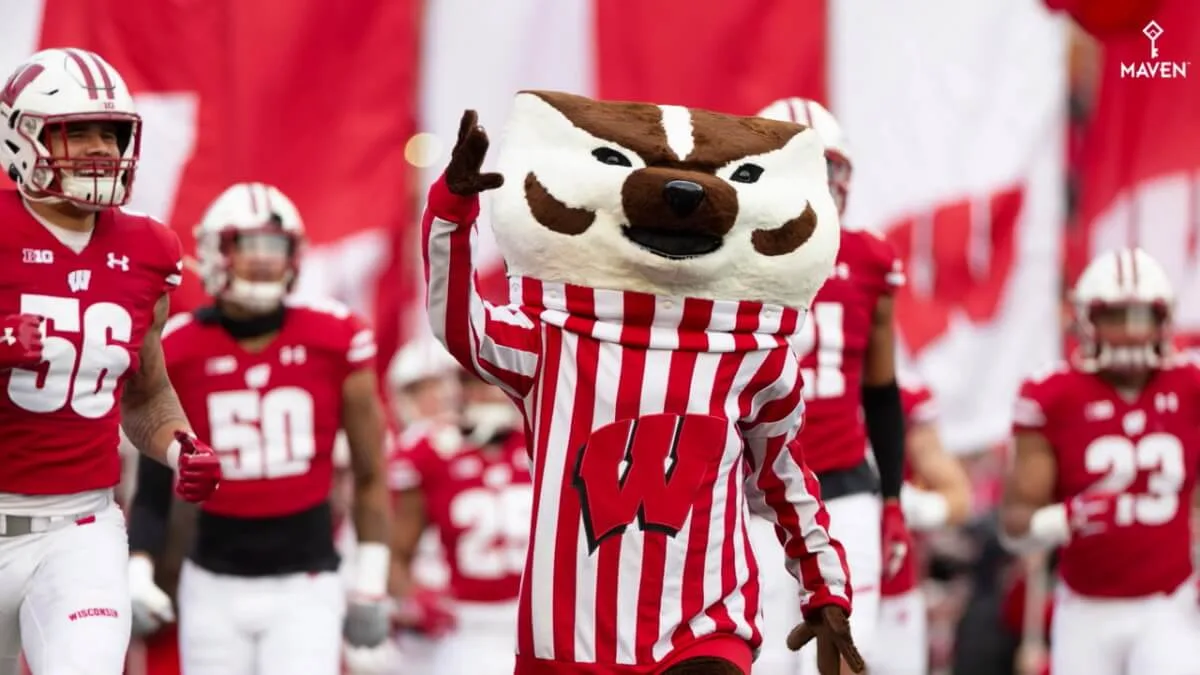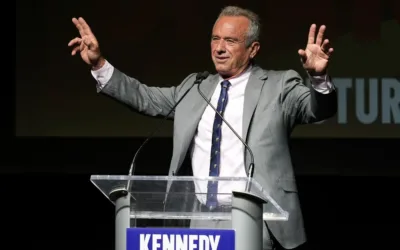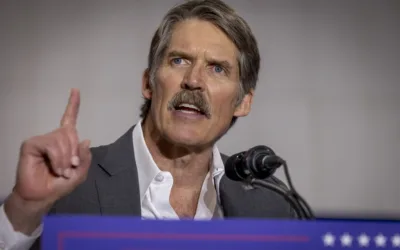
Thanks to a new billion-dollar media deal with Fox, CBS, and NBC, the Big Ten will be sending an even bigger annual check Wisconsin’s way beginning next year.
The University of Wisconsin already gets roughly $50 million/year from the Big Ten, most of it linked to media rights contracts. Beginning next year, the Badgers athletic department will start receiving an extra $20 million for a total $70 million/year, according to Sports Illustrated.
But don’t hold your breath for the return of Badgers baseball. Athletic director Chris McIntosh said last fall that sports expansion wasn’t a top priority. According to a report from the Wisconsin State Journal, the UW is far more likely to invest the money into its 23 existing programs and 650 athletes.
Here are four ways they suggest the Badgers spend it:

Permanently Upgrade Facilities
The athletic department has already been studying how to best use the Camp Randall Memorial Sports Center (aka the Shell) once it completes its purchase from the Division of Recreation & Wellbeing. After the UW’s new recreational gym facility opens on Observatory Drive in 2023, look for the Badgers to start building a new football practice facility on the site of the Shell.
The soccer and track teams have also been asking to upgrade the McClimon Complex since 2007. (The teams still use tents instead of permanent lockers at their home venue.)
Prepare to Pay Players
Recent NCAA-involved court cases make it easier to envision a day when college athletes get paid directly for competing. They now can make money from their name, image, and likeness, so being treated as employees doesn’t seem as far off as it once did. (The National Labor Relations Board has already said Division I football players at private schools can be considered as such.
Prioritize Mental Health Support
A 2019 NCAA study showed 30% of female and 25% of male athletes “felt in the previous month that difficulties were piling up so high that they could not overcome them.” There’s clearly a growing need for mental health support among college athletes, and it would make sense for the UW to continue increasing funding for it.
The athletic department could also expand existing programming for off-field programs like nutrition counseling and career readiness.
Pump Up Coach Pay
The total money paid to UW coaches in salary, benefits, and bonuses during the 2019-2020 year was almost $24 million (16% of total expenses.) The Badgers still owe fired head football coach Paul Chryst $11 million of his $20 million five-year contract by February 2023.
The University of Wisconsin is a big economic driver overall for our state. According to a 2019 report, Badger Athletics supported 4,500 jobs and generated $610 million in revenue, plus an addition $12 million in state taxes.
Badger sports bring an average of 1.8 million visitors to Madison each year, and every home football game has a $16 million economic impact on the city.

Support Our Cause
Thank you for taking the time to read our work. Before you go, we hope you'll consider supporting our values-driven journalism, which has always strived to make clear what's really at stake for Wisconsinites and our future.
Since day one, our goal here at UpNorthNews has always been to empower people across the state with fact-based news and information. We believe that when people are armed with knowledge about what's happening in their local, state, and federal governments—including who is working on their behalf and who is actively trying to block efforts aimed at improving the daily lives of Wisconsin families—they will be inspired to become civically engaged.


New Biden rules deliver automatic cash refunds for canceled flights, ban surprise fees
In the aftermath of a canceled or delayed flight, there’s nothing less appealing than spending hours on the phone waiting to speak with an airline...

One year on the Wienermobile: The life of a Wisconsin hotdogger
20,000+ miles. 16 states. 40+ cities. 12 months. Hotdogger Samantha Benish has been hard at work since graduating from the University of...

Biden makes 4 million more workers eligible for overtime pay
The Biden administration announced a new rule Tuesday to expand overtime pay for around 4 million lower-paid salaried employees nationwide. The...

‘Radical’ Republican proposals threaten bipartisan farm bill, USDA Secretary says
In an appearance before the North American Agricultural Journalists last week, United States Department of Agriculture (USDA) Secretary Tom Vilsack...





